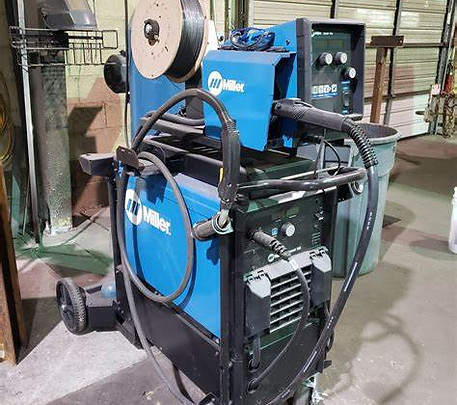
MIG/TIG Welding
Although automation has made many of our processes faster and more efficient, some projects require manual welding and the attention of an expert welder.
TIG welding uses an electric arc, melted metal, and shielding gas to fuse pieces of metal together. The main difference between MIG and TIG welding is the type of material used to create the electric arc and fill the weld. Metal Inert Gas (MIG) welding uses a consumable electrode wire, which is melted into the weld. In contrast, Tungsten Inert Gas (TIG) welding uses a non-consumable tungsten electrode and separate filler material. TIG welding is preferred for thinner materials and more precise welds, while MIG welding is preferred for larger quantities, thicker materials, and quicker speeds.
Rest assured; our experts will use the best welding methods for your needs.


Advantages of Manual MIG/TIG Welding.
-
Flexibility
-
Customized welds
-
Adaptability in welding tasks

Our MIG/TIG Welding Machines.
-
Three Manual TIG Welders
-
Seven Semi-Automated Weld Booths
Welding Certifications.
-
ASNT: (American Society Nondestructive Testing) SNT-TC-1a Level III V.T.
